An exciting new ant book: Interview with Austrian ant specialist Magdalena Sorger
Magdalena Sorger is an accomplished ant scientist originally from Vienna, Austria. She dedicated her scientific career to studying ant taxonomy, ecology and evolution. Though she eventually moved away from academia, her passion for the ants never waned—instead, she found new ways to share her knowledge with the public through science communication and stunning macrophotography. Her latest project, a newly published book on ant biology written specifically for non-scientists, invites readers into the fascinating world she discovered after an unexpected career change from business to biology. In this interview, she shares her long and fascinating myrmecological journey and encourages us to keep looking out for the small things that rule the world.
An interview by Magdalena Sorger
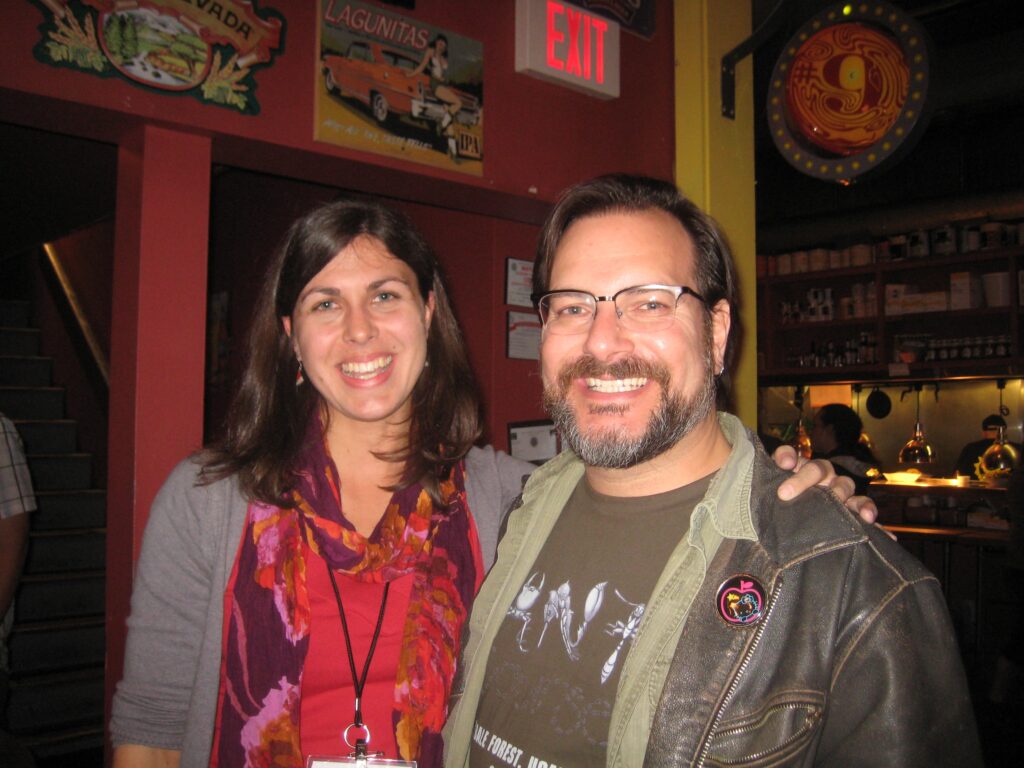
Edit by Philipp Hönle and Salvatore Brunetti
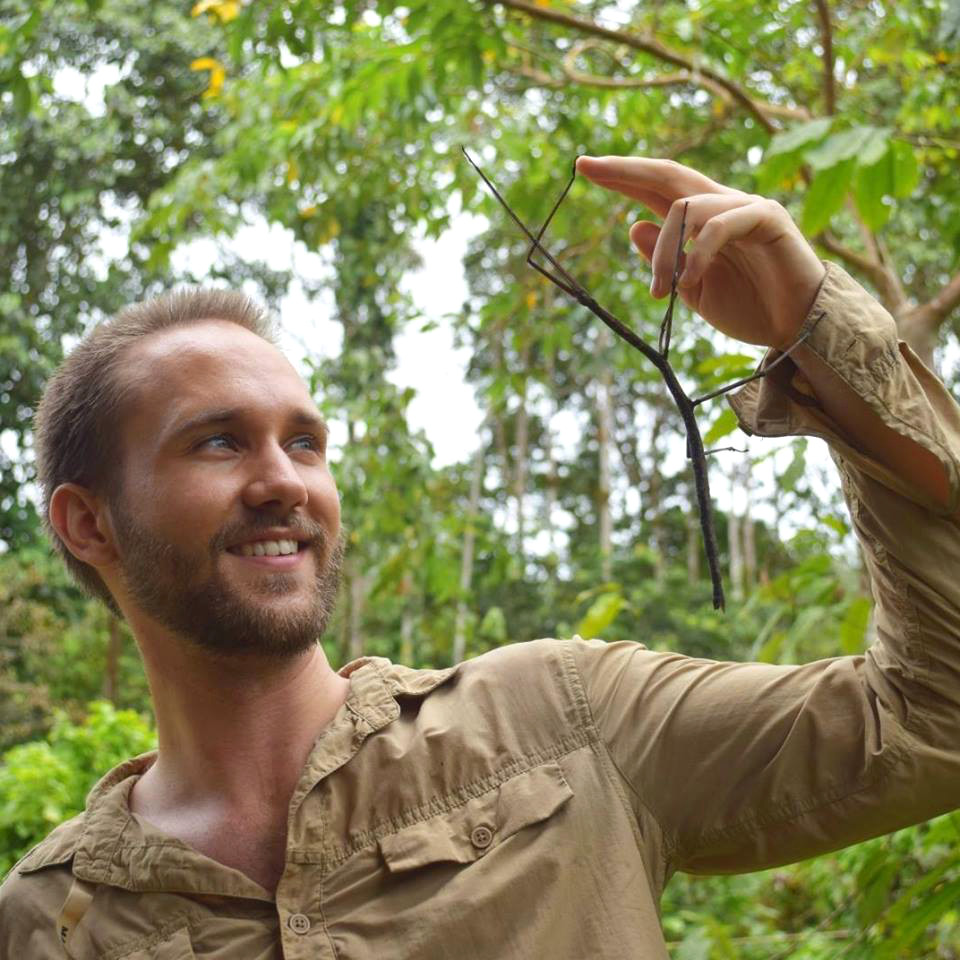
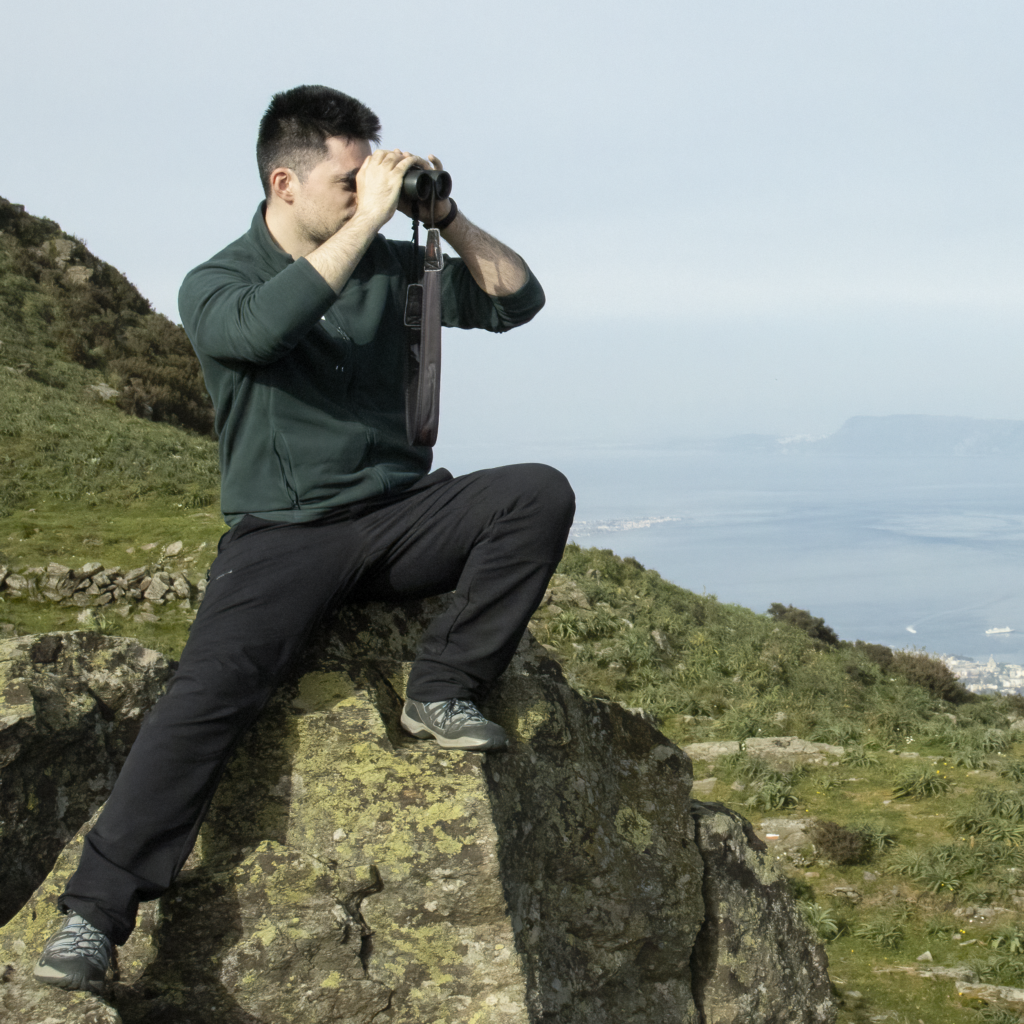
MNB: Could you tell us a bit about yourself?
MS: My name is Magdalena Sorger, I’m from Vienna, Austria, and I’m a myrmecologist. Ants are my passion!
I didn’t always know I wanted to work with ants—my path involved a career change. I first earned a business degree at the University of Business in Vienna. During the final year of my degree, I spent an exchange semester in the United States at the University of Illinois Urbana-Champaign. Out of mere curiosity, I decided to take a biology class. That class was taught by two myrmecologists, Andy Suarez and Chris R. Smith, who naturally spoke a lot about insects—and especially ants. Their enthusiasm for ants and “bugs” sparked an interest I didn’t know I had.
During my subsequent travels in the US, I began to observe this “tiny world” more carefully for the first time and ended up completely falling in love with ants. This seemed very random at the time, but I decided to follow my—newly discovered yet instantly deep—passion and gradually shifted my career focus. I wanted to devote my life to these small but omnipresent creatures and share the intricate details of their existence with others.
I began my professional career as a scientist at the Natural History Museum in Vienna. In 2010, I moved to the USA to complete my PhD at North Carolina State University. Afterward, I continued working at the North Carolina Museum of Natural Sciences until returning to Vienna in 2019. In 2021, I founded my science communication business, DiscoverAnts.com, to continue sharing my love for ants with a wider audience.
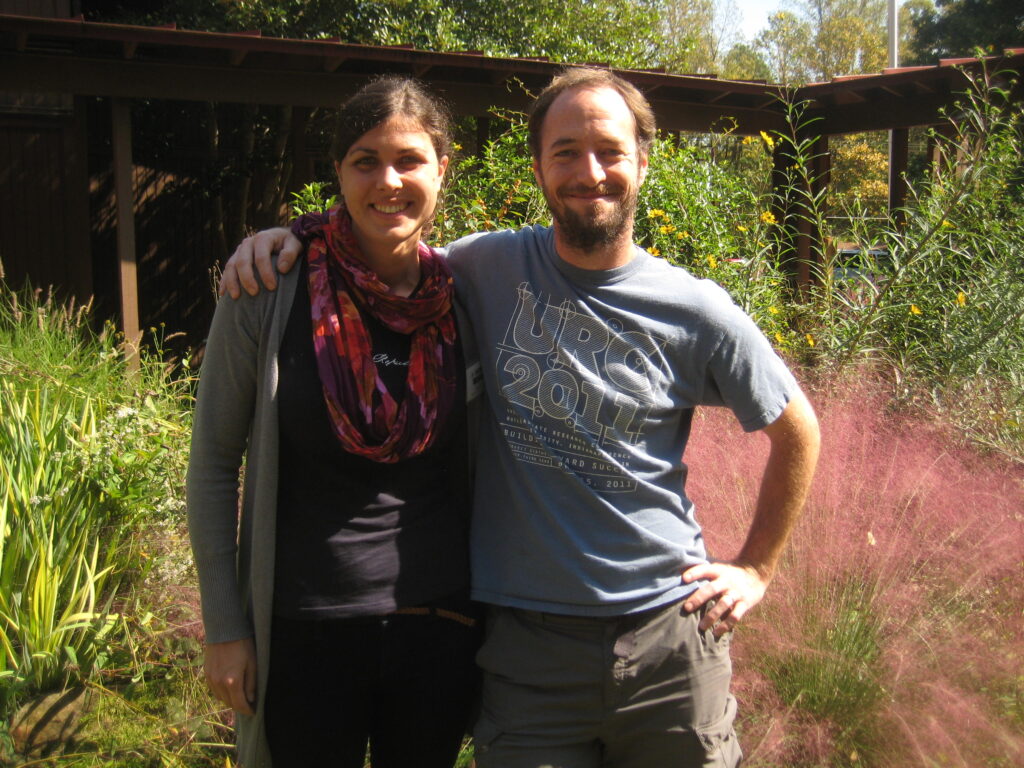
MNB: Could you briefly outline your books content in layman’s terms?
MS: My book is an introduction to the world of ants, written primarily for a non-scientific audience. The writing is personal—just as personal as ants are to me—and sprinkled with humor.
While you’ll learn about all the major aspects of ant biology—such as how an ant colony is structured, their nest architecture, communication and defense mechanisms, and the morphological features that define an ant—I also share personal stories. These include how I first became fascinated by ants, my field experiences encountering certain species for the first time, and details about some of my research projects from different parts of the world.
Additionally, the book offers insights into how to recognize common ant species, the roles ants play in ecosystems, and captivating stories about the lives of a few selected species.
Lastly, I explore what we can learn—and have already learned—from ants. This includes applied knowledge, like the discovery of formic acid and the development of the ant algorithm, as well as more abstract lessons. For instance, I discuss the behavioral adaptations that allow ants to achieve remarkable work efficiency and explore how we might apply these lessons to teamwork and large organizational settings. Of course, I also touch on fun topics like lazy ants and the story of the male-trap-jaw-ant wrangler!
I think my book makes a wonderful gift for anyone curious about ants.
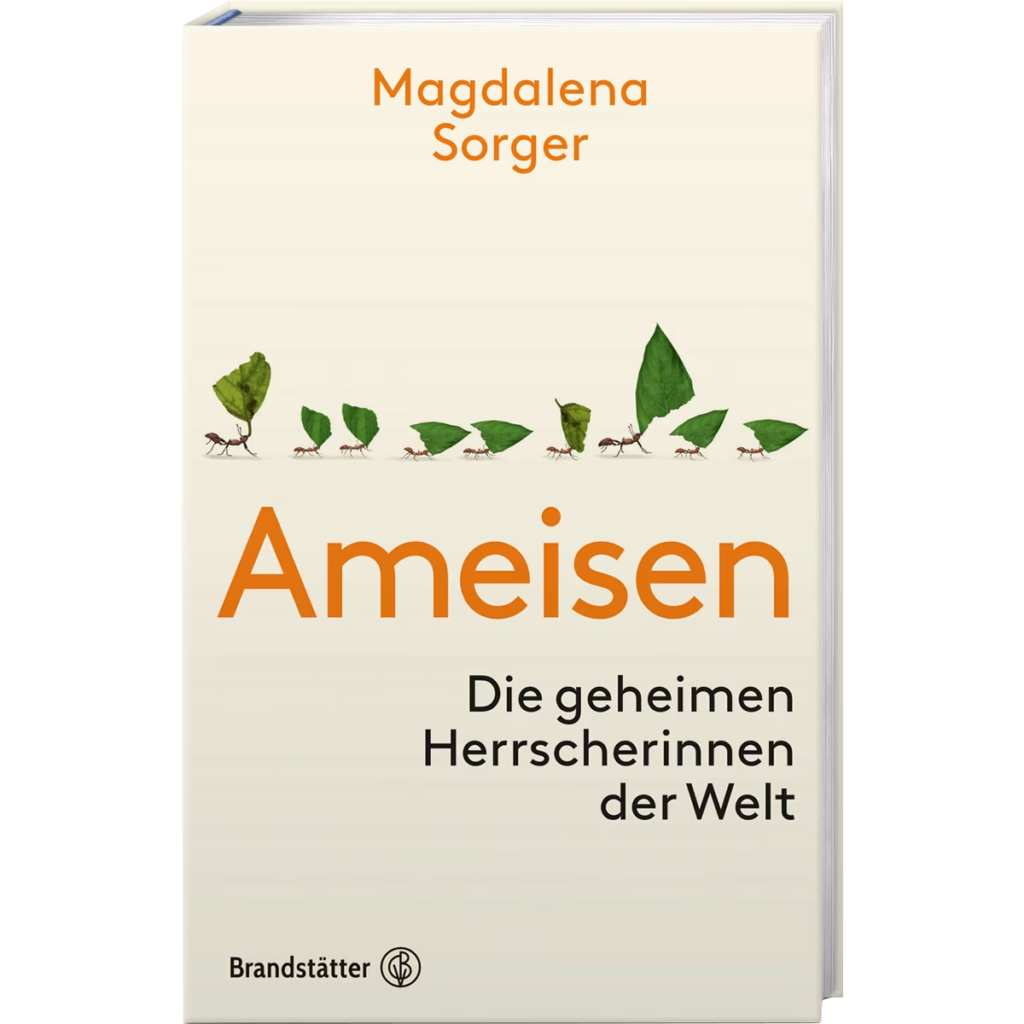
MNB: What is the take-home message of your work?
MS: Take notice of ants—and all the small animals around us that are so easy to overlook. We need them, and we need to protect them. But it’s hard to protect something we don’t know. So, let’s get to know them. Let’s see them—together!
MNB: What was your motivation for writing this book?
MS: Definitely my love and passion for ants. When we love something, we tend to talk about it (some might even say it’s hard to get us to stop!) and we also want to share it with others. This is certainly true for me!
Ever since I first fell in love with ants, I’ve constantly thought about ways to make ants and their world more tangible to people who have little or no understanding of the insect world. I got into macrophotography to make these tiny creatures visible. I developed games and exercises to help people relate to these incredibly diverse animals. I designed graphics to simplify complicated concepts, such as dichotomous keys and insect identification. And, of course, I always love telling vivid stories of my experiences with ants to anyone willing to listen.
My goal has always been to reach as many people as possible and encourage them to pay attention to ants and insects. This book allows me to reach a larger audience than I’ve ever been able to before, and for that, I’m very grateful. I believe the ants are, too!
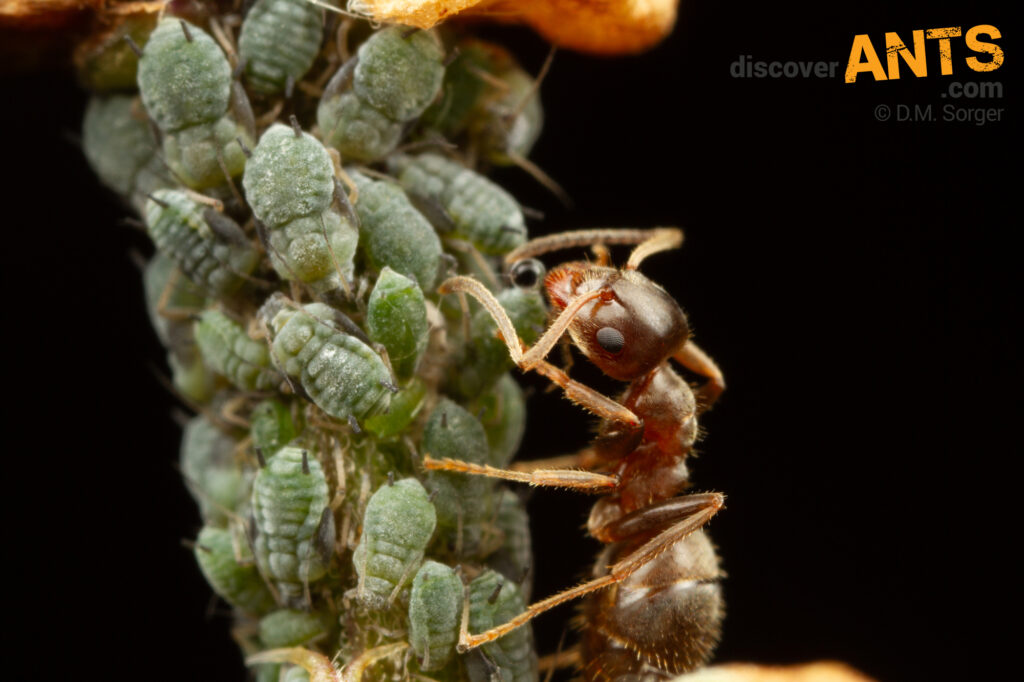
MNB: What was the biggest obstacle you had to overcome in this book project?
MS: The fact that there are only 24 hours in a day—and you’re also supposed to sleep for some of that time. Haha!
In all seriousness, though, I underestimated the time aspect, as I tend to do things last minute. In this case, I quickly realized that wouldn’t be possible with such a comprehensive writing task. As a result, my learning curve was—or rather had to be—quite steep. With time-sensitive announcements, including the publisher’s fall catalogue, I faced hard deadlines and had very little wiggle room. It was tough, but I managed!
Another challenge was realizing how different writing a popular science book would be from all the writing I’d done before—master’s thesis, PhD thesis, peer-reviewed articles, etc. This challenge was twofold: I had to learn how to write for a non-scientific audience by telling compelling stories interwoven with scientific facts, and I also had to connect these stories into a larger, coherent narrative.
And, of course, I had to do all of this in German! Although German is my native language, I’ve done very little writing in it—most of my work has been in English. Thankfully, Google Translate helped! 😉
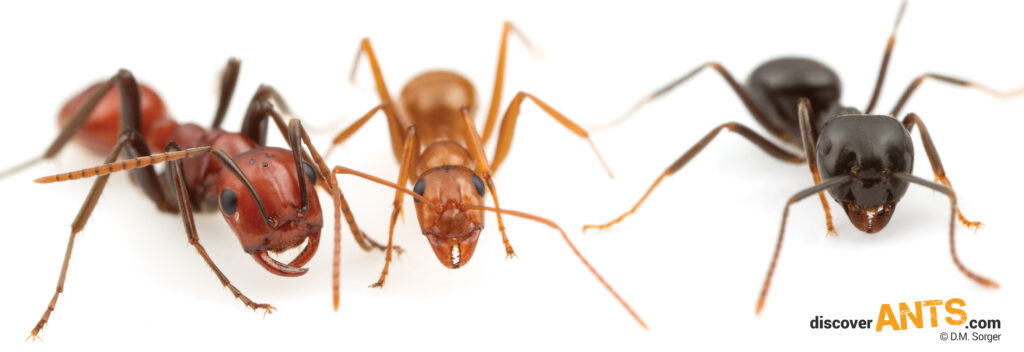
MNB: Do you have any tips for others who are interested in ants?
MS: Read my book! 😉 😉
Well, if you’re interested in ants, my first suggestion would be to read some accessible literature to get a basic understanding of their general biology and taxonomy. The family of ants (Formicidae) comprises approximately 15,000 species, so there is a lot of diversity and variation. It’s helpful to get a sense of this variation and, especially, which species you can expect to find in your area.
Next, you should go out and make your own observations, trying to put them into the context of what you’ve read.
If you’re still curious and want to know more about ants, I would suggest getting in touch with an expert—maybe someone at your nearest natural history museum or university—and figuring out what options you have to get involved at a deeper level! You won’t regret it—I can vouch for that!
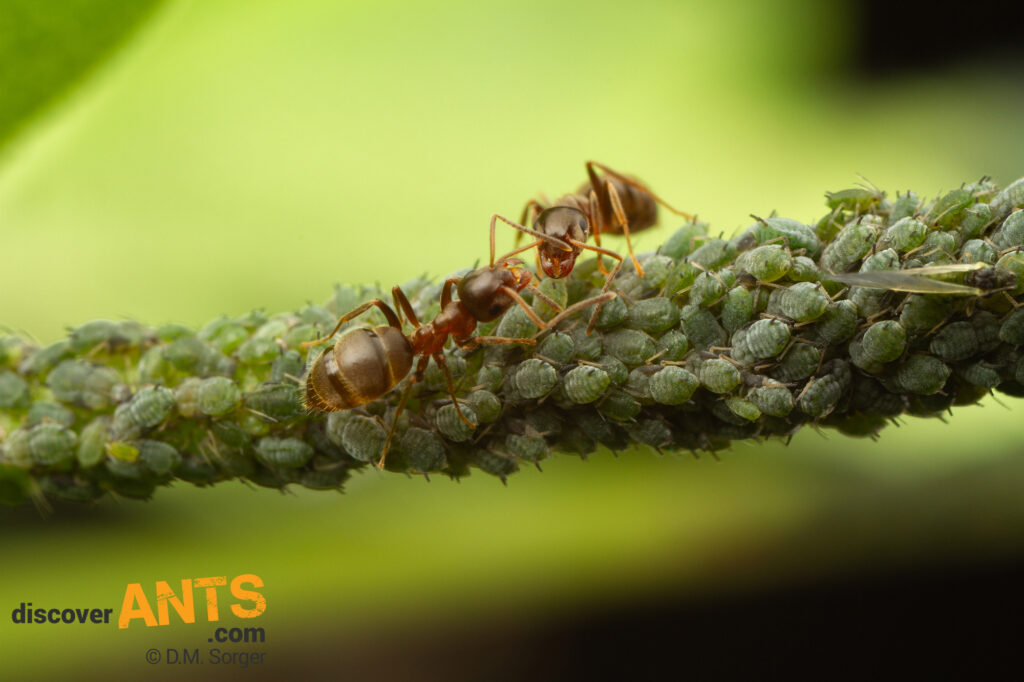
MNB: Where do you see the future of ant research?
MS: Hopefully, it is thriving! Ants are among the groups of arthropods with a relatively robust research community, which is very encouraging. Research groups and labs focused on ants can be found worldwide, making international collaboration both feasible and productive.
However, certain research areas have been declining in popularity and, as a result, receive significantly less funding. One of these areas is a branch of systematics: taxonomy—specifically alpha taxonomy, which primarily relies on morphological features to distinguish taxa. While incorporating a variety of research methods is always ideal in systematics (e.g., describing new species and placing them within a broader group), there is still value in projects that require minimal funding for technical equipment and laboratory work.
Alpha taxonomy primarily demands time and patience—unfortunately, two resources that are increasingly scarce, especially among younger students. For this reason, I hope the future of ant research will include a revival of alpha taxonomic work. I also hope to see a new generation of naturalists emerge—scientists who can recognize species in the field and share extensive, fascinating stories about their natural histories, based on firsthand observations.


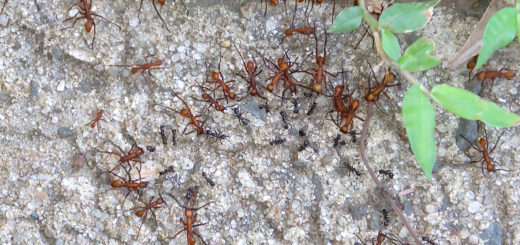
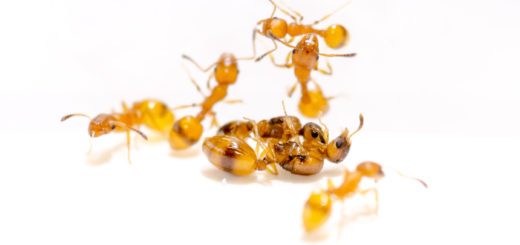

Recent Comments